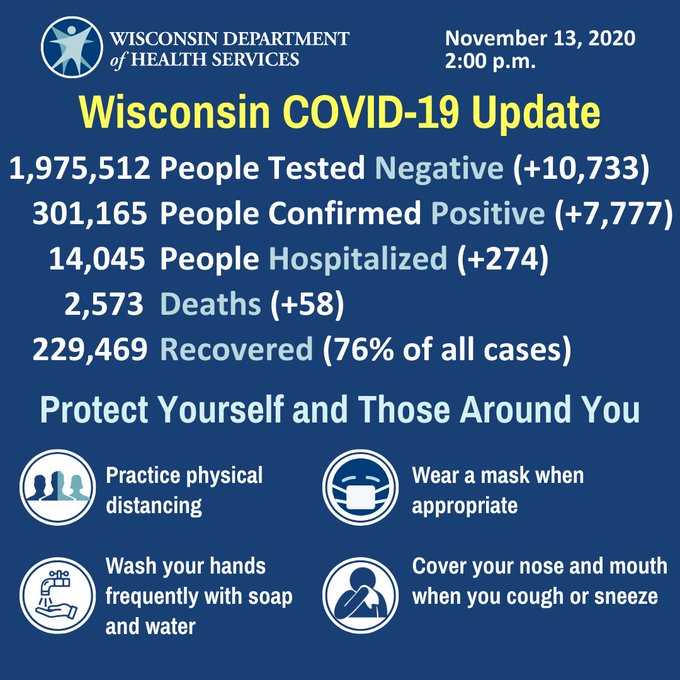WI Supreme Court's recusals-not-needed rule makes COVID-era debut
The suit was brought by Jere Fabick, of Oconomowoc, owner of FABCO Equipment, who contributed the maximum $20,000 to Bradley’s campaign on March 15, 2016 when she was running for a 10-year term on the court. Rebecca Bradley is part of the high court’s 4-3 conservative majority....
Current recusal rules, which were fashioned with the help of business and real estate interests who have spent millions of dollars to elect conservative justices, do not require justices to recuse in cases where the parties contributed to their election campaigns.
And how is this possible, you ask?
Take a look to 2017, when the Wisconsin Supreme Court rejected a request by retired state judges to overturn the high court's self-declared 'no-recusals-needed rule.'
The justices voted 5-2 to toss aside a rule change proposed in January by 54 retired jurists that would have forced judges off cases involving those who helped get them on the bench. Conservatives who control the court said the proposal would interfere with the free speech rights of those who run ads and engage in other campaign-like activity.
As you process the news that the conservative majority on the Wisconsin State Supreme Court Justices today validated Wrong-Way Walker's rollbacks of voting and collective bargaining rights - - and that several of the same Justices' campaigns were significantly funded by the WMC and other corporate special interests which also heavily back Walker - - do not forget that these same Justices let the WMC and the Realtors write for the Court a new ethics rule defining when - - basically, never - - recusals were in order by Judges and Justices to reduce conflicts-of-interest and enhance the appearance of fairness.
Yes, you read that right:
In response to [a tougher, independent proposal], the Wisconsin Realtors Association (“Realtors”) and Wisconsin Manufacturers & Commerce (“WMC”) filed separate petitions.[4] The petitions sought to amend the Judicial Code of Conduct to provide that recusal is not required in a proceeding based solely on any endorsement or receipt of a lawful campaign contribution from a party or entity involved in the proceeding. The petitions also sought clarification that a judge does not need to seek recusal where it would be based solely on a party in the case sponsoring an independent expenditure or issue advocacy communication in favor of the judge.
In a 4-3 decision,[5] the Wisconsin Supreme Court denied the League’s petition and adopted the Realtors and WMC’s petitions. In a dissenting opinion, Justice Ann Walsh Bradley, joined by Chief Justice Shirley Abrahamson and Justice N. Patrick Crooks, criticized the majority’s decision to adopt the rules calling it “a dramatic change to our judicial code of ethics.”[6] In particular, the dissent took issue with the majority’s decision to adopt petitions “proposed by special interest groups.”[7] Dissatisfied with the majority’s decision, the dissent urged the Legislature to “engage in further study of judicial recusal.”[8]
Which was noted nationally:
The Center for American Progress surveys the states on judicial ethics and gives Wisconsin an "F" here:
Wisconsin: F (35 points)
Wisconsin received a failing grade after its state supreme court adopted a recusal rule that literally instructs judges not to recuse themselves from cases involving campaign contributors.
In 2010, the four-justice conservative majority on the Wisconsin Supreme Court voted to institute a recusal rule written by the Wisconsin Realtors Association and Wisconsin Manufacturers & Commerce, a group that subsequently donated nearly $1 million to support conservative Justice David Prosser’s re-election in 2011.
The rule says that recusal is not required “based solely on … a lawful campaign contribution.” The majority’s comments that accompany the rule say that requiring recusal for campaign cash “would create the impression that receipt of a contribution automatically impairs the judge’s integrity.”
In other words, the four justices in the conservative majority are worried that mandatory recusal would lead the public to think that judges are biased.















